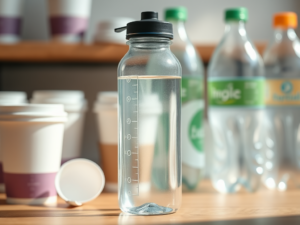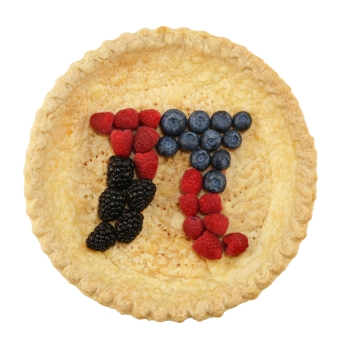The Healing Power of Milk
In last month’s blog I shared my experience donating milk. If you haven’t read Part 1 – click here to read the backstory. I promised a happier ending to my story. As life would have it, there were some bumps in the road on my way to that happy ending. It’s all about the journey, right?!
After giving ourselves some time to heal – both emotionally and physically – we decided to try again. I was afraid, but for some reason, I had faith that things would work out better this time. In September of last year we had our second child. This time it was a boy. My attempts at a VBAC failed, but our son was born healthy and we were overjoyed. Getting a baby to latch on and nurse after surgery was a little more challenging than just using a pump. With help and support from lactation experts we eventually figured it out.
By the time I returned from maternity leave, breastfeeding was well established and I had a stash of milk in the freezer. My pump and I were ready to return to work. Since each of our buildings has a dedicated “Mother’s Room” there was always a place to pump while at work. Other than the usual sleep deprivation that every parent faces, everything seemed to be falling into place.
Then bam! I was blindsided. Continue reading “The Healing Power of Milk”

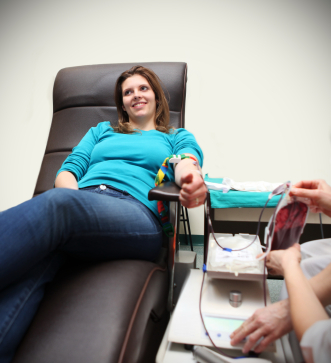
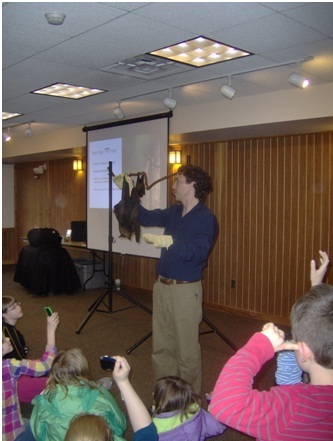
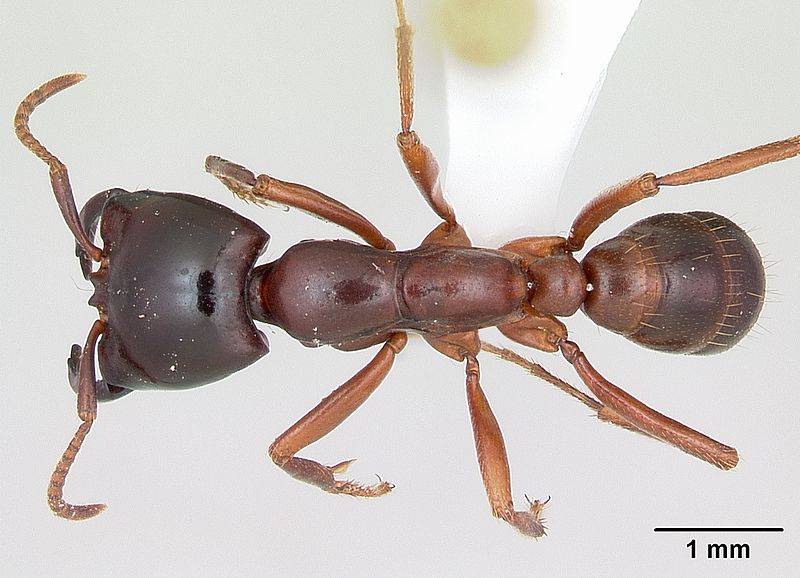

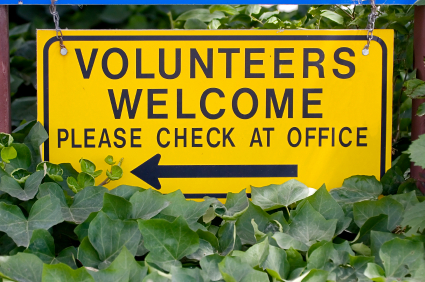
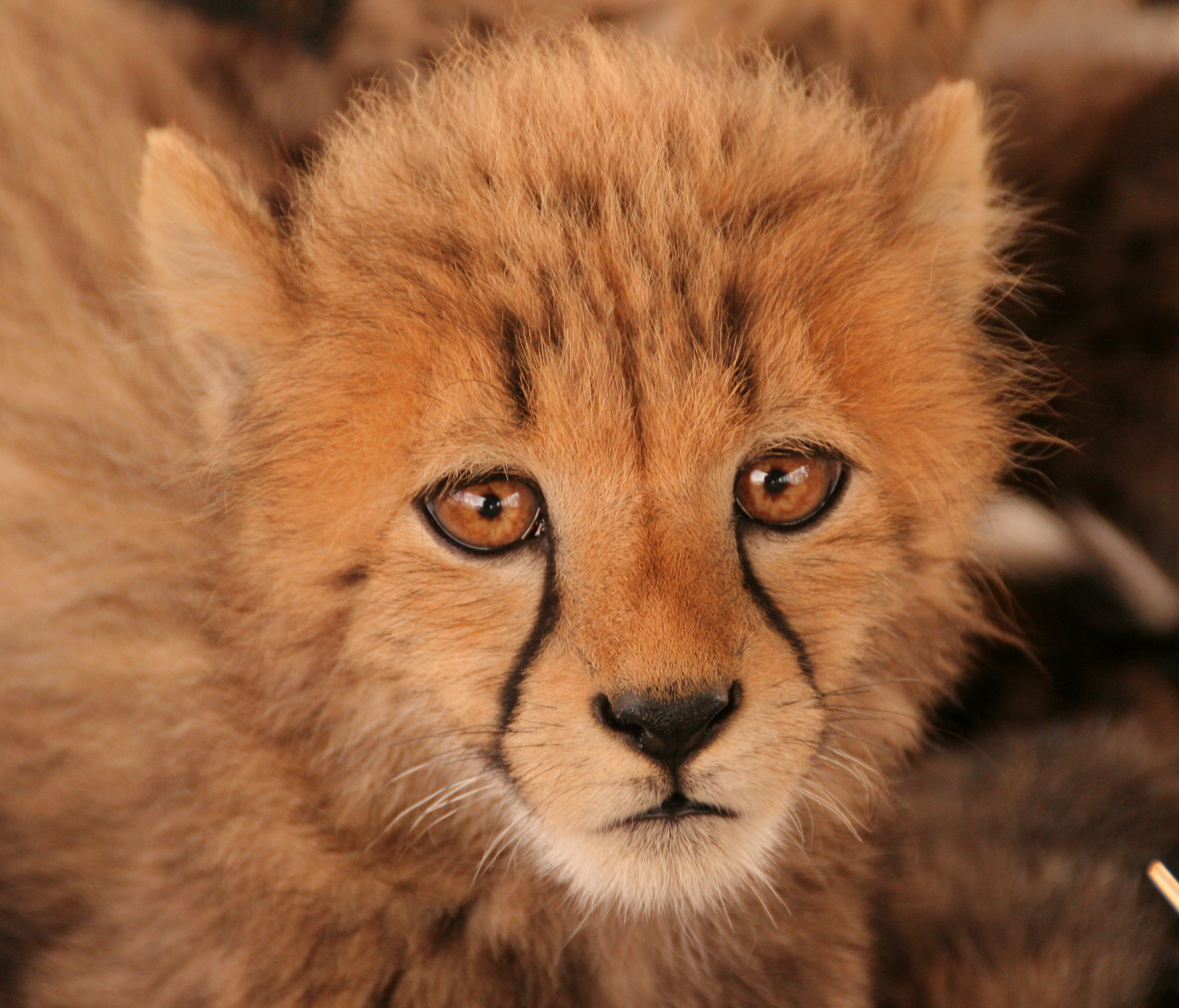 The genetics of wild cheetah (Acinonyx jubatus) populations has a special significance for me. In fact, it could be said that the population genetics of cheetahs changed my life. I first learned about the low genetic variability in cheetahs in a darkened lecture hall at Iowa State University in 1988. I was so fascinated by what I learned in those lectures about genetics and its importance in conservation efforts that I eventually changed my major to Genetics. “The Cheetah Papers” as a colleague calls them, were, and perhaps still are, common teaching tools for biology and genetics classes. And why not? The results were amazingly cool, if a bit disturbing. Imagine a population that, through a series of natural events over thousands of years, had become so genetically similar to one another as to be almost clonal.
The genetics of wild cheetah (Acinonyx jubatus) populations has a special significance for me. In fact, it could be said that the population genetics of cheetahs changed my life. I first learned about the low genetic variability in cheetahs in a darkened lecture hall at Iowa State University in 1988. I was so fascinated by what I learned in those lectures about genetics and its importance in conservation efforts that I eventually changed my major to Genetics. “The Cheetah Papers” as a colleague calls them, were, and perhaps still are, common teaching tools for biology and genetics classes. And why not? The results were amazingly cool, if a bit disturbing. Imagine a population that, through a series of natural events over thousands of years, had become so genetically similar to one another as to be almost clonal.